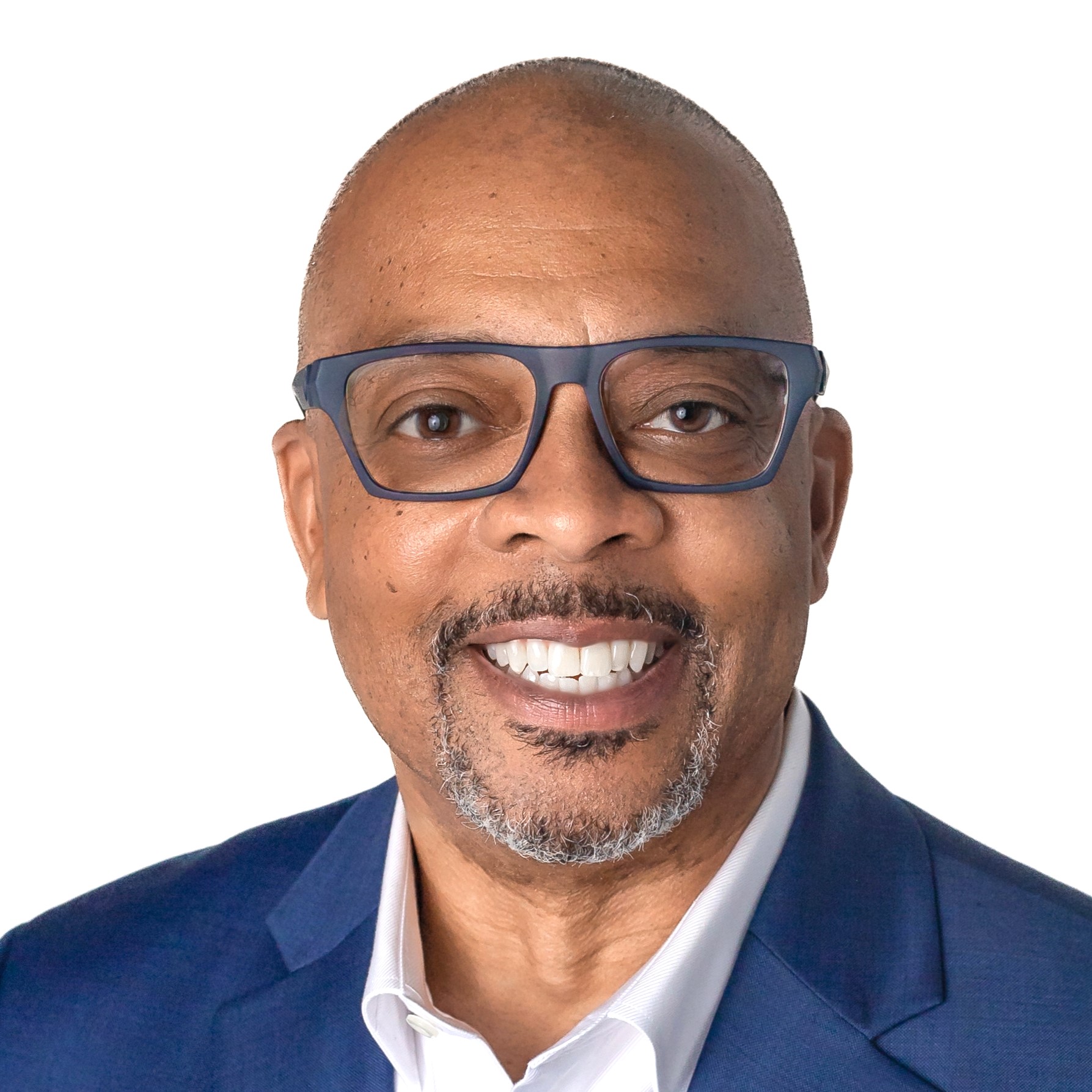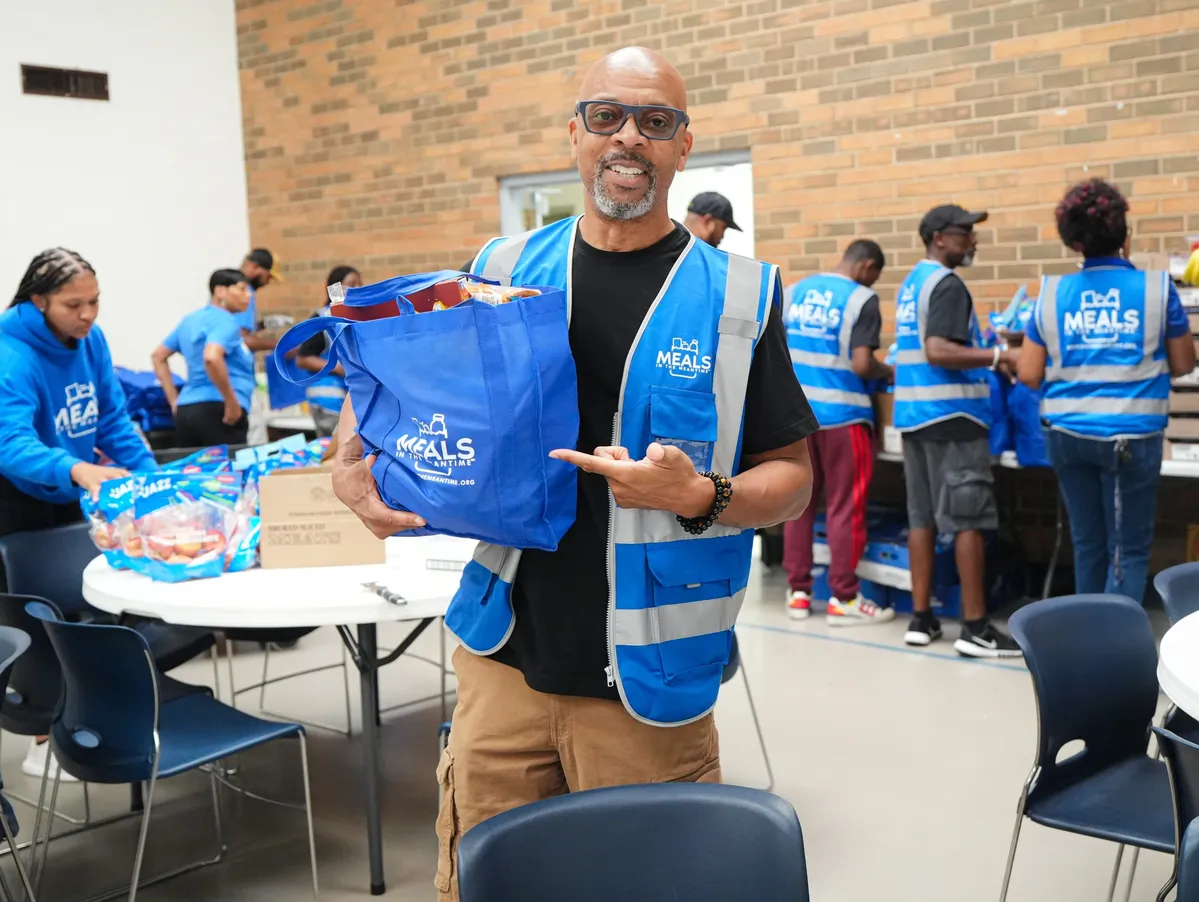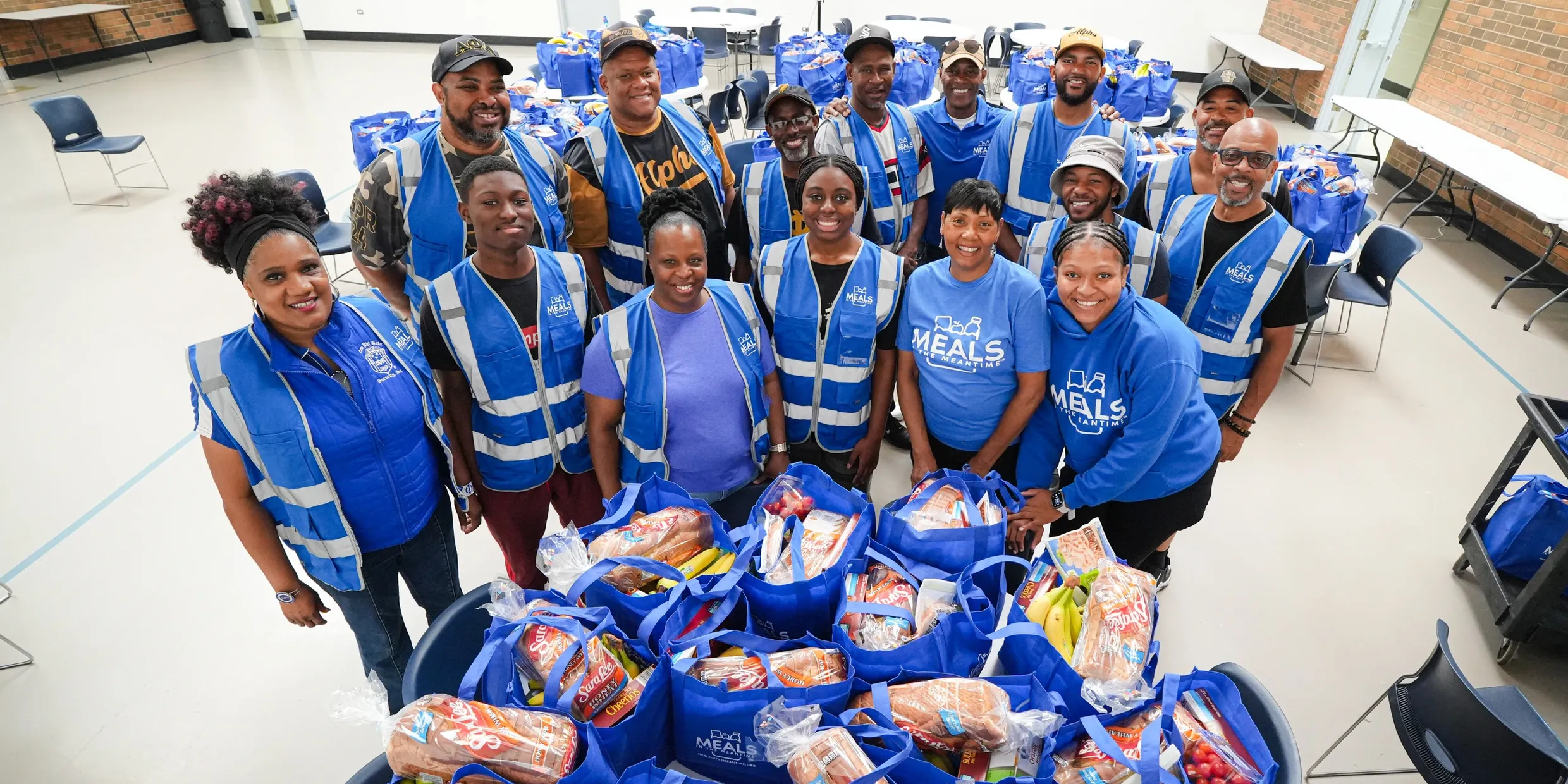 GLC: What brought you into the L&D space?
GLC: What brought you into the L&D space?
Kevin Yates: My journey into learning and development (L&D) began in the classroom as an elementary school teacher. Teaching young children ignited my passion for education, but I soon realized that the income from teaching wouldn’t support my broader life goals. Determined to align my love for education with a fulfilling career, I transitioned to a role at a small community bank as a trainer and instructional designer. That role became the launchpad for my career in L&D, allowing me to transform my passion into a lifelong profession.
GLC: How has your education helped you become an effectiveness measurement guru?
KY: My educational background provided a strong foundation for critical thinking and a methodical approach to problem-solving. Combined with decades of hands-on experience across multiple L&D disciplines, it has equipped me to excel in measuring training effectiveness. This expertise enables me to accurately approach measurement, uncovering the truth behind training’s impact on workplace performance.
GLC: Why did you become interested in examining the impact of training on work performance?
KY: A few years ago, I found myself at a crossroads in my career. Having held roles in facilitation, instructional design, program management, learning technology, and more, I felt I had done it all. It was during this period of exploration that I met Patti Phillips, a world-renowned expert in measuring impact, and Dick Handshaw, a leader in performance consulting. Their influence inspired me to stay in L&D and focus exclusively on measuring the impact of training on workplace performance. That decision transformed my career and gave me a renewed sense of purpose.
GLC: Why can it be hard to uncover the impact of training and learning on work performance?
KY: The biggest challenge for measuring the impact of training is the lack of proactive planning. Too often, measuring impact is an afterthought. Without intentional planning at the outset, it’s nearly impossible to measure outcomes effectively. Proactive planning involves researching business goals, identifying performance requirements, and establishing key performance indicators (KPIs) that signal training’s contribution to workplace performance. Clarity on intended outcomes, targets, and metrics is essential from the very beginning.
 GLC: Who is your favorite story detective?
GLC: Who is your favorite story detective?
KY: Sherlock Holmes is my favorite fictional detective. I admire his proficiency in observation, deduction, forensic science, and logical reasoning—skills I strive to emulate in my work as the L&D Detective®.
GLC: Do you have a Dr. Watson who helps you solve the L&D detective mysteries?
KY: Yes, my “Dr. Watson” is artificial intelligence, specifically tools like ChatGPT. AI assists me in analyzing trends and performance data, helping me work smarter, not harder, and uncover actionable insights.
GLC: Tell us about 1-3 professional projects that you are most proud of.
KY: One of my proudest achievements is an impact study I led during my time at Facebook. The study analyzed the performance of sales professionals who completed a targeted training program versus those who did not. Using a control and test group methodology, we found that the test group significantly outperformed the control group. This study provided a credible, reliable signal of training’s measurable impact on workplace performance.
GLC: What practices have you observed in leading companies that could inspire others?
KY: One transformative practice I’ve observed is replacing training requests with performance needs analysis. Traditional training needs analysis asks questions like, “How many people need training?” or “What format should the training take?” Performance needs analysis, on the other hand, digs deeper: “What is the business goal?” “What performance is required to achieve it?” and “What metrics measure success?” Companies that adopt this approach align training more effectively with human and business performance, driving meaningful outcomes.
 GLC: What inspired you to launch “Meals in the Meantime”? How has it impacted the community?
GLC: What inspired you to launch “Meals in the Meantime”? How has it impacted the community?
KY: Meals in the Meantime is a God-given assignment that reflects my commitment to living a purpose-driven life. Our mission is to fill the food gap with nourishment and dignity. To date, we have provided over 17 tons of fresh, healthy food to underserved communities, making a tangible impact on food insecurity. Our work not only addresses immediate needs but also contributes to healthier living and well-being for those we serve.
GLC: What are your goals for 2025?
KY: My personal goals for 2025 are to commit to a regular exercise routine, practice kindness and empathy toward myself, and create space for peace and calm in my life. These goals reflect my desire to balance professional excellence with personal well-being.
 GLC: What makes you happy?
GLC: What makes you happy?
KY: Giving brings me the greatest joy. I find fulfillment in contributing to the L&D community by helping measure training’s impact on workplace performance. Similarly, through Meals in the Meantime, I’m able to give back to food-insecure populations. At its core, giving is the heart of my professional and personal life.